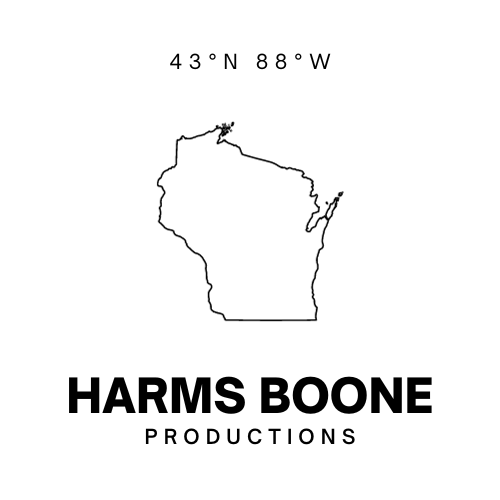The first time I read Pedagogy of the Oppressed, I felt like it brought a vocabulary and epistemology to a lot of things I already believed about teaching and how people learn. Teaching is service, and our students know what they need, and the teacher’s role is to listen and nourish their curiosity to satisfy those needs. Teaching is about listening and understanding. It’s about empathy and service. It’s about creating opportunities for collaboration, cooperation, and unity with our students.
Thinking about teaching as service sets up an opportunity to create an inclusive classroom that embraces justice through critical thinking. It creates opportunities to challenge how students think about the subject matter, specific problems, or phenomena larger than themselves in the world. And it sets up teaching opportunities in every interaction with a student.
I think about Paulo Freire a lot in my current role at 18F, a startup within the federal government that helps other agencies build, buy, and share technology services. Before we start any project or interact with an agency, we ask “what is the user need?” Once we’ve begun, we constantly go back to this question by asking how we are serving those users. 18F’s role isn’t to tell our other agencies everything they’re doing wrong and force them to do it our way, it’s to embrace their problems as our own, understand them deeply, and help them as peers in public service.
The word innovation is sticky. It means everything and nothing at the same time. It’s easy in large institutions for people with the word “innovation” attached to their name to be seen as colonizers. What’s harder is to see “innovation” as an opportunity to approach the institution as a site for service, a classroom filled with potential. The innovator’s job is to ask questions, listen, and understand problems and perspectives deeply. A Chief Innovation Officer should lead that effort, identifying individuals who know what works, and especially those who know what doesn’t.
When I was a teacher in a rural Hungarian high school, it wasn’t until I learned how to listen to my students and discover their needs and which of them I could fulfill that I was able to connect with them. They were a curious group of students yearning to communicate, to talk about something real, and collaborate with one another. Despite the school being low on resources, I was able to put together a series of lessons teaching them the writing process by turning them into experts. I created a wiki and they collaborated to design, edit, and publish a page about their hometown that would be useful to their foreign teachers. I encouraged my students to think about what expertise means. They saw me as an expert on American culture, I saw them as experts on where to buy bread and what to do in the winter. Together, they created something excellent, a product of their collective work, tailor made to a specific audience and their needs.
Though I’ve been out of the classroom for several years, most recently serving as a teaching assistant for a graduate course in 2013, I have sketched a few ideas for courses that could be taught at various education levels. I’ve also written here about the role of service design teams in schools and how to think about the classroom as a design problem. These two blog posts and the course ideas
